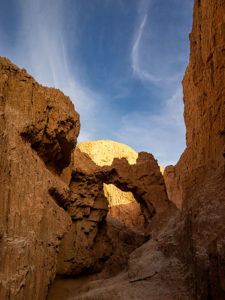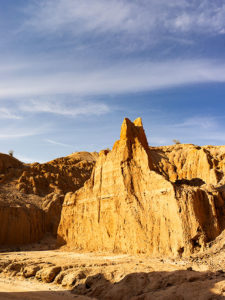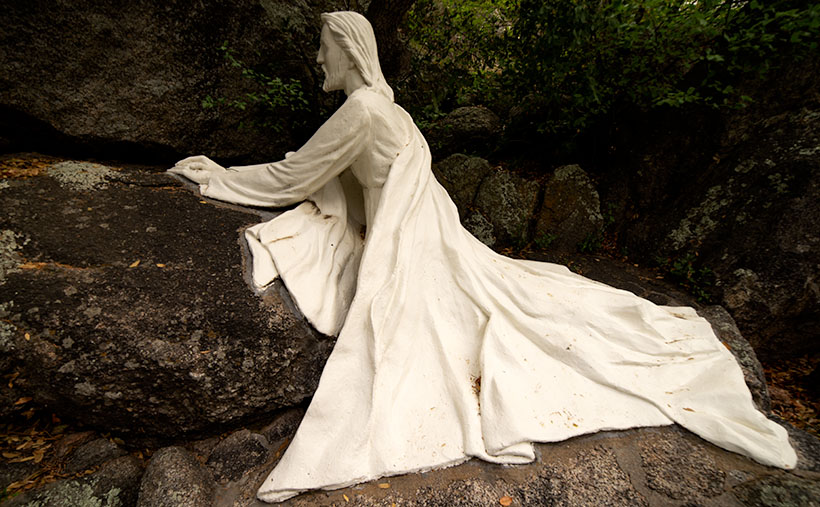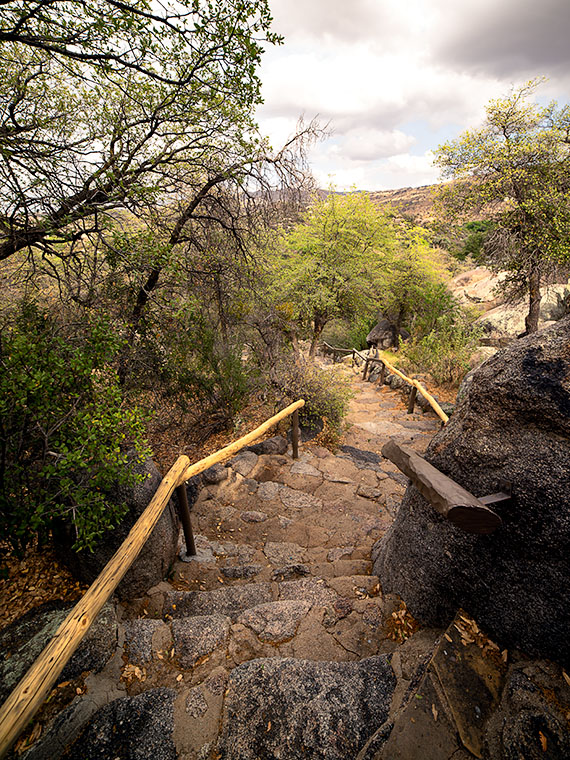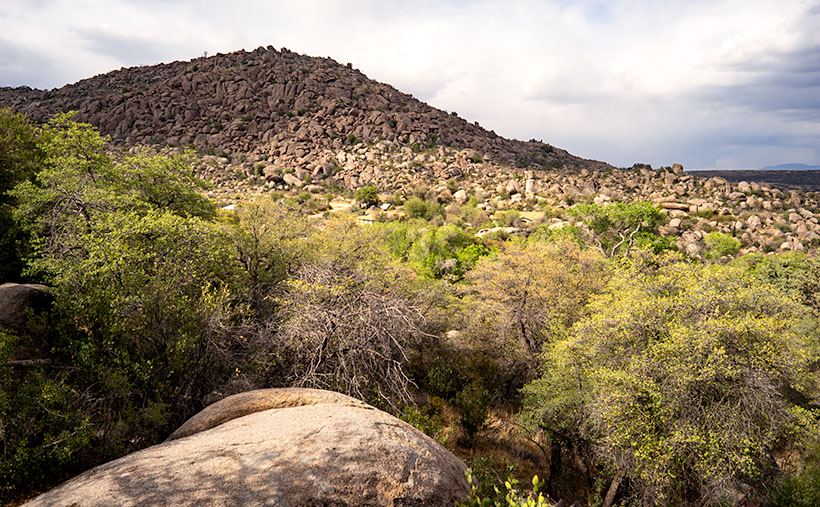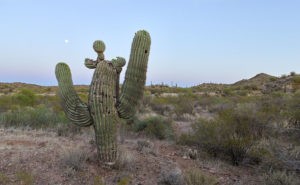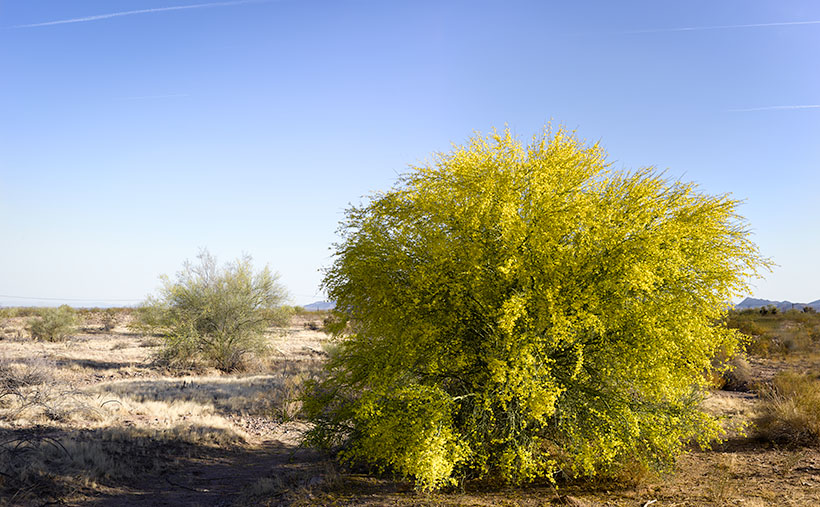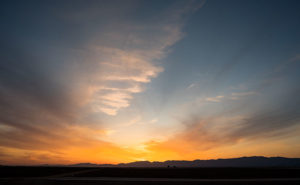There’s a thing about living in a rural Arizona town that is lacking in big cities. It’s the small town block parties. It’s where the town celebrates an obscure but important community event. Wickenburg has Gold Rush Days that coincide with the Senior Pro Rodeo each winter. Our town celebrates Congress Day. I don’t know who sponsors our event since we don’t have a city hall, but in the dirt lot in front of the library, our firemen line up their shiny truck beside a half-dozen citizens sitting at card tables hawking arts and crafts or shiny boxes of rocks. This year, organizers omitted the bouncy castle because last year, none of my fellow septuagenarians were able to get out of it.
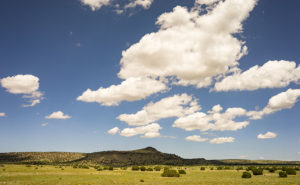
This Saturday, ten miles up the highway, the town of Yarnell will be having a block party that they call Yarnell Daze Mountaintop Festival. The celebration on the hilltop is bigger than ours because they have a chamber of commerce. There is a parade, live music, and different activities scheduled all day, but the one thing that warrants me writing about the festival is the art show. The organizers have invited artists from Wilhoit to Wickenburg to show samples of their work and I have submitted these three pictures from my cloud series for the show.
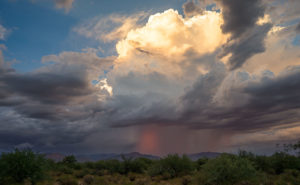
The festival starts off with a pancake breakfast at 7:00 am, hosted by the Yarnell Fire Department. The parade begins at 10:00 am (remind me to tell you the story about the parade in Kanab sometime). The art show is inside the Big Blue Barn on AZ-89—it’s the only two-story blue building in town and it’s on the east side of the street. If you go, there are also a couple of good cafes to eat at if you don’t want pancakes and besides the art show, there are a myriad of antique stores to peruse.
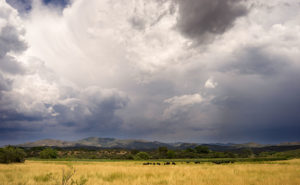
Unfortunately, Queen Anne extends her regrets. It seems that her posse is gathering at Yaz’s house for The Wedding. If you can believe this, they will be getting up at 2:00 am to watch TV while wearing tiaras and consuming high tea. Right now she’s busy in the kitchen making cucumber and egg salad sandwiches. She’s already cursing about the nail she broke while trimming the bread crust. Knowing that group, I bet they oversleep and miss it.
Until next time — jw

